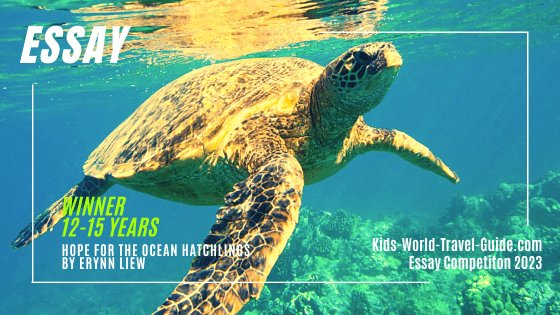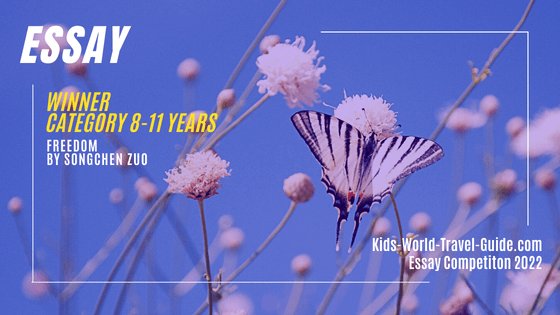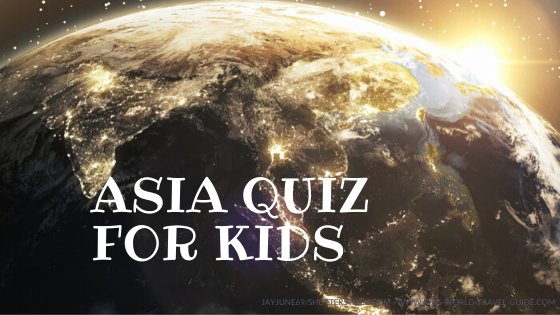- Homepage
- Endangered Madagascar
The Endangered Madagascar

Commended Entry: "The Endangered Madagascar" by Ayva Times from the USA
This article was submitted in the Kids World Travel Guide Essay Competition 2023 in the Senior Category 12 - 15 years.

The Endangered Madagascar
The stars of the tropical forest come out to play after the sunset sails over the horizon. Then, the creatures awake from their slumber during the night. The creatures make their way out of their nests and climb through the tropical terrain to find a tree worthy for their next feast. There, they hang on a branch and tap the tree with their specialized long, slender, and narrow middle finger to hear any hollow spots in the bark. When they feel the hollow crevice, they dig into the bark with their teeth and use their slender fingers to dig out larva.
In the east coast of Madagascar, lives the largest nocturnal primate. The aye-aye is a primate that calls Madagascar home along with many other animals. Madagascar consists of plush rainforests, arid land, and savannas. Many different animals live in several of the biomes and types of land.
The fossa are the largest carnivores on Madagascar. They call Madagascar their home. They are found throughout the island, but they prefer to travel through the mountainous regions, highlands, and inhabit any forested region.
However, Madagascar is endangered, and the animals' habitats are being destroyed. The main reason is deforestation, as the inhabitants are 80% farmers. They cut down the trees and burn them, a practice that came from years before.
Many species like the aye-aye and the fossa are losing their habitats quickly. And they want out of it! The aye-aye quickly makes its getaway at even the small sight of something so slim and agile. That thick tail that gives away the creature's position.
"Come back little lemur," the small beast purred, following quickly through the trees. Much to the dismay of the aye-aye, he is forced to keep going into the smoke found ahead. Trees upon trees are being burned in a pile, and the fossa uses that as its element of surprise. It prepared its pounce, only to start coughing by the grips of carbon monoxide. "Next time, little lemur!" The fossa sneered, turning around and finding its way out of the smoke. Before the fossa can get away to safety, an arrow meets its body and it falls to the ground. Humans have always been an issue to madagascar's animals, as is the hunting and killing of many of the native endemic species. Many times it’s killed on sight and then they eat the animals for food.
The fossa’s population is declining, making it a vulnerable species. Laws can be put in place, but oftentimes it doesn’t stop many from doing something like this. However, tourism has taken a positive effect on the island of madagascar and its animals.
Tourism is a huge source of income for the island and that has caused the government and people to take in consideration the animals' habitats. This is an incentive to the island and they have in turn, taken efforts to try and conserve many of the endangered species on madagascar. They had also recently signed a bill to limit the carbon footprint and protect their forests, which saves the endangered aye-aye and vulnerable fossa from hunters.
So now the fossas and aye-ayes can dance in their preserved forest together.

Congratulations on your essay "The Endangered Madagascar", Ayva. Well researched, and well written essay although "defying the writing norms" as u shared with us.
We like the direct and open approach as well as your honesty! Although we did not allow AI composed essays, we accepted your essay that was still showing your efforts in creating a unique piece of work. And yes, your "love of the unique aye-aye" shines through your essay! Well done!
Ayva Times attends Rex Mill Middle School in Jonesboro/ USA. English as First Language.
Competition Winners 2024
Competition Winners 2023
Competition Winners 2022
Popular Pages
Competition 2021 Essays
Recent Articles
-
South America Facts for Kids | Geography | Attractions | People | Food
Jan 08, 26 08:36 AM
South America Facts for Kids: 12 countries, 3 dependencies, lots of interesting superlatives and fun facts about the South American continent -
Venezuela for Kids | Venezuela Facts for Kids | Geography | Landmarks
Jan 07, 26 07:33 AM
Our Venezuela for Kids page provides important facts about Venezuela, the country and people, animals, geography superlatives, economy and so much more -
Eswatini Facts | Africa | Facts about Eswatini | Geography | Swaziland
Jan 06, 26 06:28 AM
Our Eswatini Facts for Kids will provide information about the landlocked country in southern Africa with information about geography, people, food, animals -
Top 10 Famous Landmarks in the World | Most Famous Man-Made Monuments
Jan 05, 26 06:40 AM
These are the Top 10 famous landmarks and most recognisable man-made monuments in the world: Taj Mahal, Great Wall of China, Pyramids of Giza, ... Read more. -
German Christmas Markets 2025 | Christmas in Germany | Travel | Family
Dec 11, 25 07:32 AM
These 10 Wonderful German Christmas Markets with unique family attractions and cheerful atmosphere will be fun to visit with your family this year -
Christmas Traditions in Singapore and France | My favourite tradition
Dec 09, 25 06:58 AM
Christmas Traditions in Singapore and France - My favourite tradition by Laura Lim from Singapore -
Christmas Quiz for Kids | Christmas Fun Quiz | Christmas for Kids 2025
Dec 08, 25 09:03 AM
Our Christmas Quiz for Kids will provide lots of fun facts about Christmas traditions around the world with 20 questions based on our Christmas pages. Enjoy! -
Essay Winners 2025 | Writing Competition | Kids World Travel Guide
Dec 03, 25 09:20 AM
Here are the Essay Winners 2025 and their winning entries: Congratulations and Thank you for all your inspiring stories!
Go back from "The Endangered Madagascar" to Kids-World-Travel-Guide Homepage







































